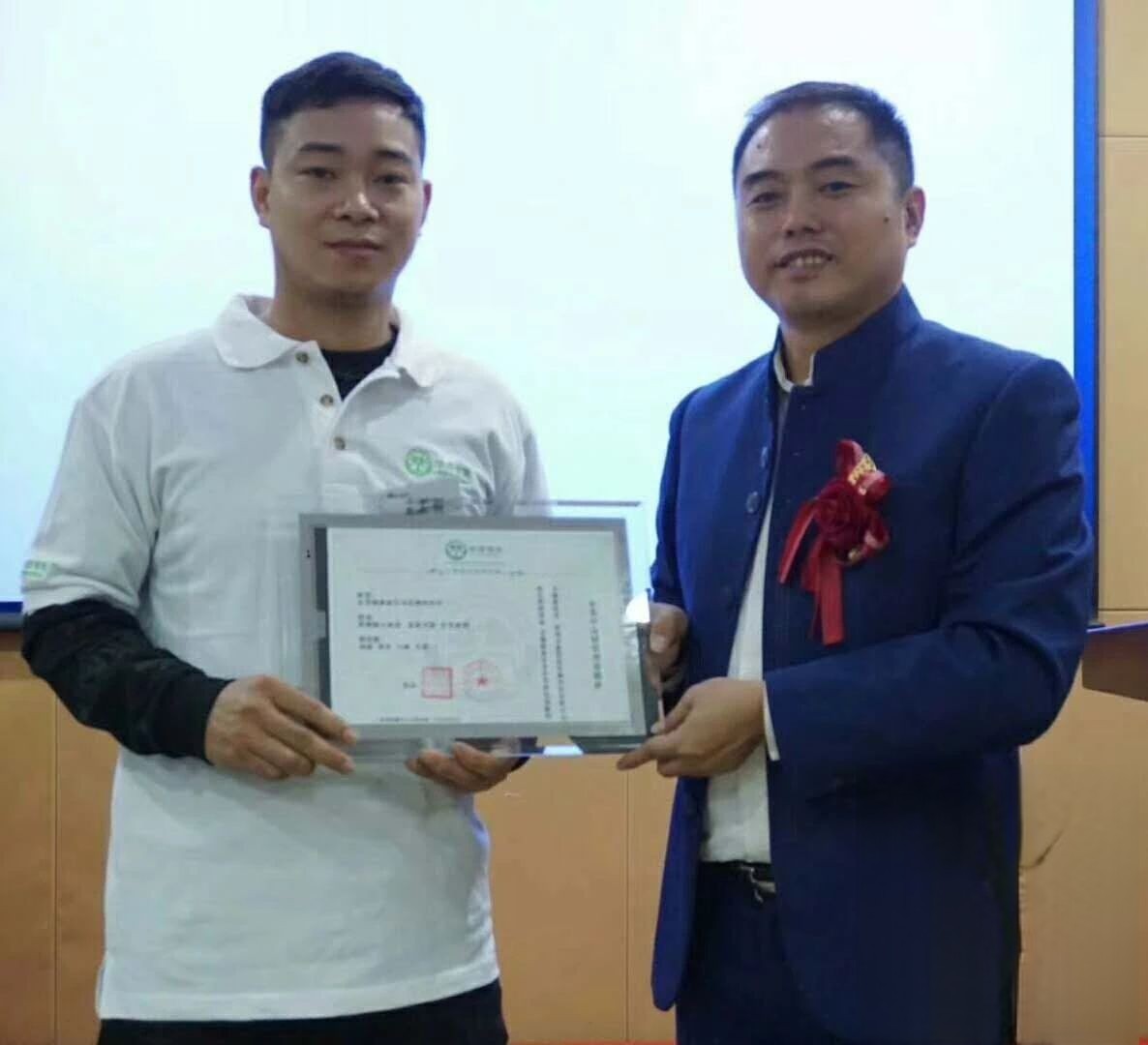Introduction to Die Casting
Die casting is a highly regarded manufacturing process characterized by the injection of molten metal into a mold, or "die." This method is well-known for producing complex shapes with excellent surface finish and dimensional accuracy. In Russia, die casting plays a significant role in various sectors including automotive, aerospace, and machinery, making it an essential area for both domestic and international industries.
The Die Casting Process
The die casting process involves several critical steps. These include:
- Melting the Metal: The metal, commonly aluminum, zinc, or magnesium, is melted in a furnace.
- Injection: The molten metal is injected into a mold at a high pressure, filling every cavity.
- Cooling: The metal is allowed to cool and solidify within the die.
- Ejection: After cooling, the die is opened, and the solid metal part is ejected.
This process is favored for its ability to produce high volumes of consistent, quality castings with minimal waste. Understanding these steps is fundamental for maintaining quality and efficiency in Russian die casting operations.
Advantages of Die Casting in Russia
The advantages of die casting make it a preferred method in the manufacturing sector. Some key benefits include:
- High Production Rates: Die casting allows for the rapid production of complex shapes.
- Dimensional Accuracy: This method produces parts with tight tolerances, typically within ±0.02mm.
- Surface Finish: Cast parts often require little to no finishing, reducing production time and costs.
- Material Efficiency: The method ensures that raw materials are utilized effectively, minimizing waste.
Challenges Faced by the Die Casting Industry in Russia
Despite its advantages, the die casting industry in Russia encounters several challenges:
- Technological Advances: Keeping up with advancements in die casting technology requires significant investment.
- Material Costs: Fluctuating prices of raw materials can affect overall production costs.
- Skilled Labor Shortage: The industry requires skilled labor for operating advanced machinery and ensuring quality control.
- Regulatory Compliance: Stringent environmental regulations necessitate additional resources for compliance and certification.
Future Prospects of Die Casting in Russia
The future of die casting in Russia looks promising with the potential for growth driven by several factors:
- Investment in Technology: Adoption of state-of-the-art technologies like AI and automation can enhance production efficiency.
- Export Opportunities: Increasing demand for die-cast components in global markets can create export opportunities.
- Focus on Sustainability: Implementing sustainable practices can improve competitiveness and meet regulatory demands.
Conclusion
In conclusion, die casting is an integral part of the Russian manufacturing landscape, offering numerous advantages in production efficiency and quality. Yet, the industry faces certain challenges that must be addressed to maintain its competitive edge. By investing in technology and skilled labor, while also focusing on sustainability, Russia can unlock the full potential of die casting for future generations.
FAQs about Die Casting in Russia
1. What materials are commonly used in die casting?
Common materials include aluminum, zinc, magnesium, and copper alloys, each chosen for their specific properties and application suitability.
2. How does die casting differ from other manufacturing processes?
Unlike traditional casting methods, die casting involves high-pressure injection of molten metal resulting in better surface finish and precision.
3. What industries benefit from die casting in Russia?
Industries such as automotive, aerospace, and consumer electronics primarily benefit from die casting for its efficiency and quality.
4. What are the environmental impacts of die casting?
Die casting can have environmental impacts such as energy consumption and emissions, but advancements in technology are helping to mitigate these effects.
5. How can I learn more about die casting techniques?
Many technical schools and online platforms offer courses in die casting. Engaging with industry associations can also provide valuable resources and connections.

